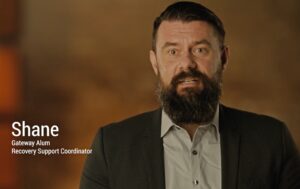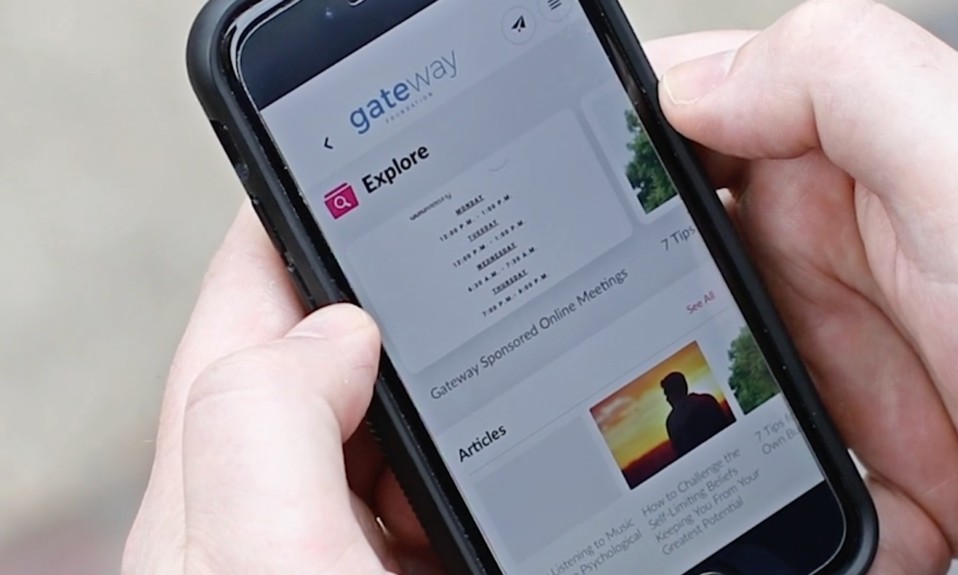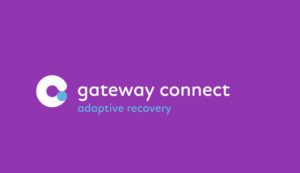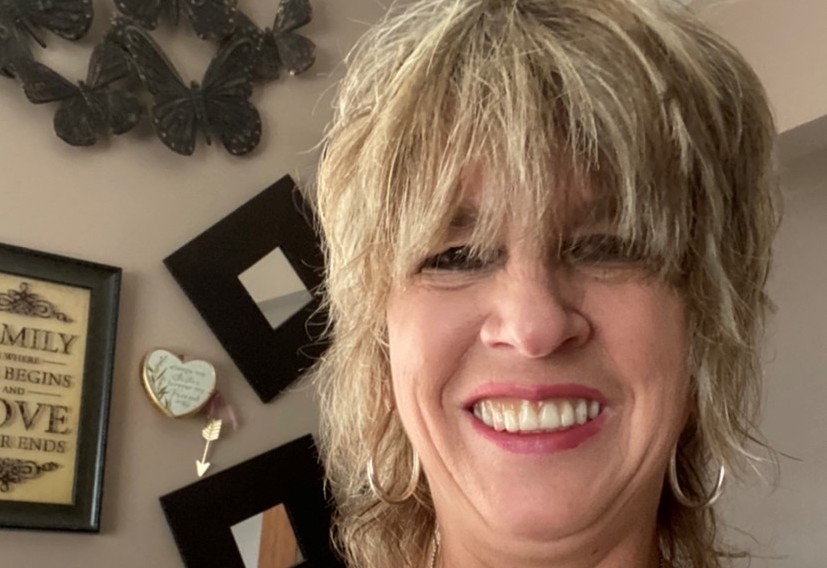This sponsored content is produced for Gateway Foundation by Treatment Magazine Content Studio.
By Erin Gilday, Treatment Magazine Content Studio
While many addiction medicine experts at first saw only the disastrous effects of the pandemic on treatment, Shane Hassler saw an opportunity for leveling up support and outreach.
“We were able to mobilize virtual outpatient services to 15 locations in the state within the space of three weeks,” Hassler beams, still celebrating his recent promotion to virtual services program manager at Gateway Foundation, Illinois’ largest nonprofit addiction treatment provider.
Hassler’s sense of pride in the success of gatewayconnect, Gateway’s virtual addiction treatment outpatient services and supportive recovery app, is grounded in his experience working with people facing significant barriers to treatment.
Hassler, who celebrates six years of sobriety this August, began working at Gateway Foundation as a recovery coach. That’s when he noticed how difficult it was for some clients to attend traditional face-to-face treatment. “Between driving, childcare and all the rest, a 3-hour group can easily turn into a 6-hour event for some people,” he explains. Not all of his clients could consistently make the trek.

Hassler says that gatewayconnect helps address many of the barriers—like caregiving responsibilities, work commitments and transportation challenges—that prevent a sizable segment of people with substance use disorder (SUD) from seeking help. “I think people really appreciate the convenience,” says Hassler.
World-Class Treatment from Your Couch
Nicole Milano, LCSW, agrees with Hassler’s assessment. As the program director of Gateway’s Chicago River North site, Milano oversees all of its outpatient programming. Like many in the field, Milano was initially skeptical about offering addiction medicine in a virtual setting, but saw the move as necessary given COVID-19 restrictions. Then, as she began to see the benefits of virtual programming in real time—especially for some of her most marginalized clients—her thinking shifted.
“Early on in the pandemic, we tried to do a hybrid face-to-face care on top of the primary virtual programming,” Milano remembers. “Folks wanted to come in, so we offered that. But then clients started noticing how well run the group was in the virtual setting. The groups were virtual, but they were still just as good. They said, ‘If I can do it from my couch, why would I go downtown?’ I think that’s pretty telling.”

Data-driven Insights Guide the Virtual Way
Eric L. Dean, JD MBA MA MA LPC CADC, has the numbers to back up what Hassler and Milano are observing in the field. Dean, manager of research and development at Gateway, collects and analyzes outcomes data—information about how clients fare after treatment ends—from gatewayconnect.
Although he’s still analyzing the results, Dean hopes to release a full report on the numbers for the program in the next few months. Still, he cracks a smile when asked about how he would rate the success of Gateway’s virtual outpatient program. “The preliminary outcomes data looks really promising right now,” he offers. “We’re highly encouraged.”
With federal funding secured for a third year, gatewayconnect continues to evolve to meet client needs. For Dean, the future of treatment and relapse prevention lies in this type of personalization.
“Everyone’s recovery is different,” says Dean, who also works as a clinician with Gateway SUD patients. “How do we tailor treatment to your specific needs? How can we adapt your treatment in real time? We’re already starting to look at creating digital interventions to match what the client is looking for.”
In this digital age, it’s clear that the future of treatment at forward-thinking centers like Gateway will continue to be guided by data. Traditionalists will have to find comfort in the fact that when someone like Dean thinks about the future of treatment, he never envisions a world where technology replaces clinicians and peer support specialists.
Instead, Dean sees potential in more familiar innovations, like wearables—“a watch or a ring, maybe”—capable of transmitting valuable data to treatment providers in real time.
“Wearables could look at how certain biomarkers may correlate with impending relapse. Proprietary algorithms could take all this information into account and alert counselors and staff about what’s going on,” he speculates.
Regardless of what the future holds, Hassler, Milano and Dean are all excited about what gatewayconnect can do today for clients during and—after—treatment.
“With gatewayconnect, alums open the app and message, ‘Hey, I’m struggling,’ and we get them back into treatment within a couple of days,” says Hassler. “For someone who didn’t have easy access to any of those things in early recovery, it’s exciting to see that as a part of our clients’ recovery now.”
The pandemic changed so much in our lives, and usually not for the better. Thanks to innovative leaders like Gateway and tech tools like gatewayconnect, one shining, hopeful light to guide the way forward is increased access to excellent treatment and SUD support. The future of treatment looks brighter, indeed.
Learn more about Gateway Foundation’s approach to see if its approach to treatment and gatewayconnect app are right for you.














